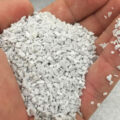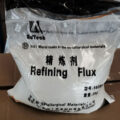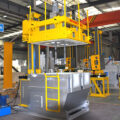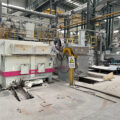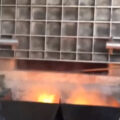Metal degassing process and slag removal process are important molten metal processing processes for cleaning molten metal and improving product quality.
The commonly known metal degassing process blows flux into molten metal along with an inert gas such as nitrogen or argon. Hydrogen is removed from the melt by desorption into the bubbles, while other non-metallic impurities are lifted into the scum layer by flotation. The dispersion of the jet gas is done by using a rotating rotor, which creates a lot of turbulence in the melt. Turbulent flow causes small non-metallic particles to aggregate into large particle aggregates, which are floated to the melt surface by gas bubbles. This turbulence in the metal also ensures that the jet gas mixes well with the melt and keeps the interior of the vessel free of deposits and oxide build-up.
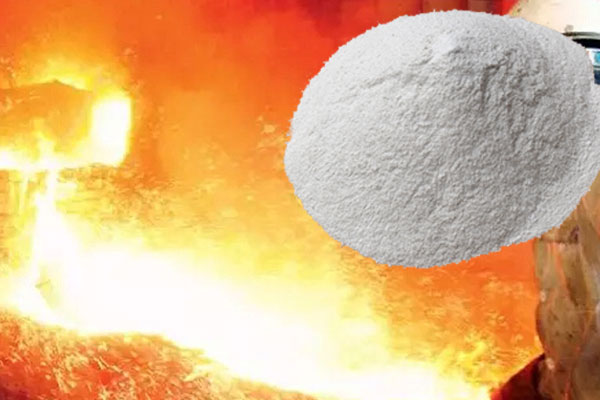
The recovered scraps are melted in molten metal through a smelting process, the molten metal is refined through a refining process, the slag is removed from the refined molten metal through a slag tapping process, and the refined molten metal is cast to provide secondary alloys or cast alloys.
The material put into the furnace, the scrap, is heated and melted to produce molten metal. Organics adhering to the material and oxides produced during the melting process form various inclusions in the molten metal. Inclusions and metals are mixed into slag and floated under the action of the refinery. Slag is a major cause of product defects and must be removed. However, due to the high metal content in the slag, metal loss occurs if the metal-containing slag is removed. Therefore, the metal contained in the slag must be returned to the molten metal as much as possible, and only the inclusions must be effectively removed by the slag removal process.
A typical slag removal process injects flux onto the surface of the molten metal, thereby mixing the flux and slag. The aluminum melting flux reacts with the fine aluminium particles in the slag. This reaction generates reaction to heat, which heats the slag to enhance the fluidity of the metal contained in the slag, thereby returning the metal to the molten metal.

